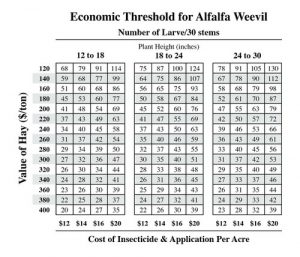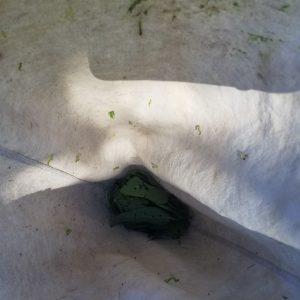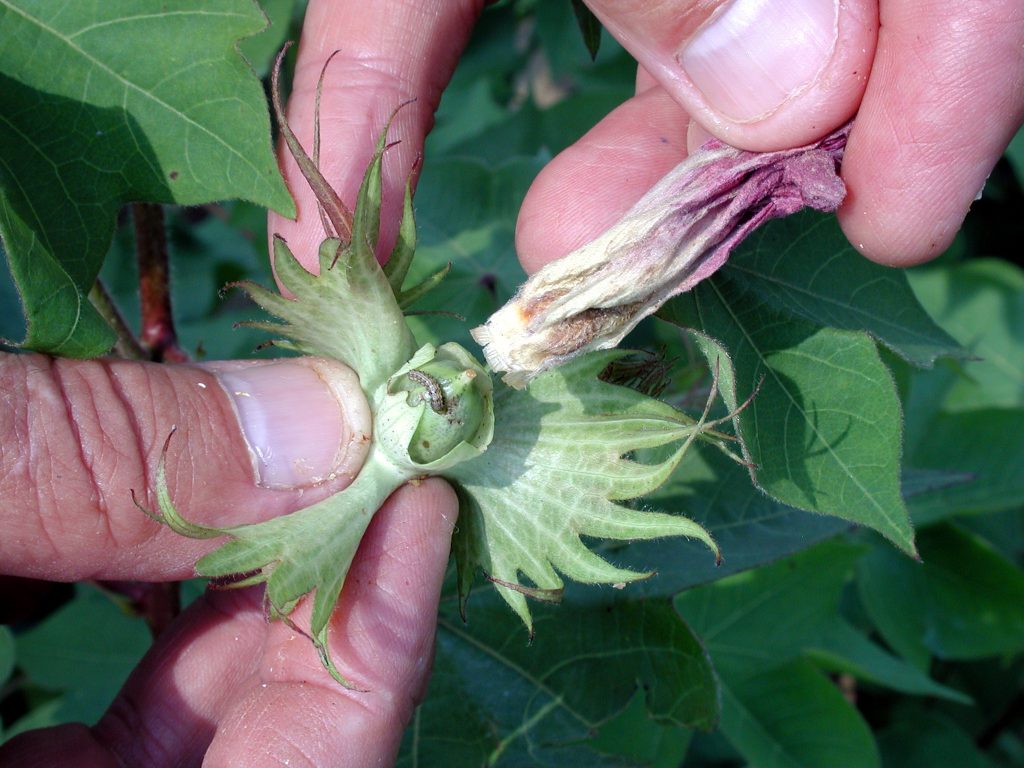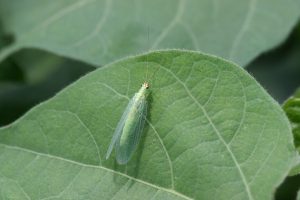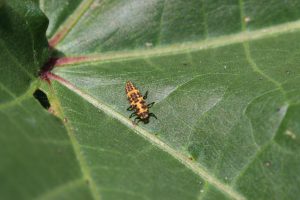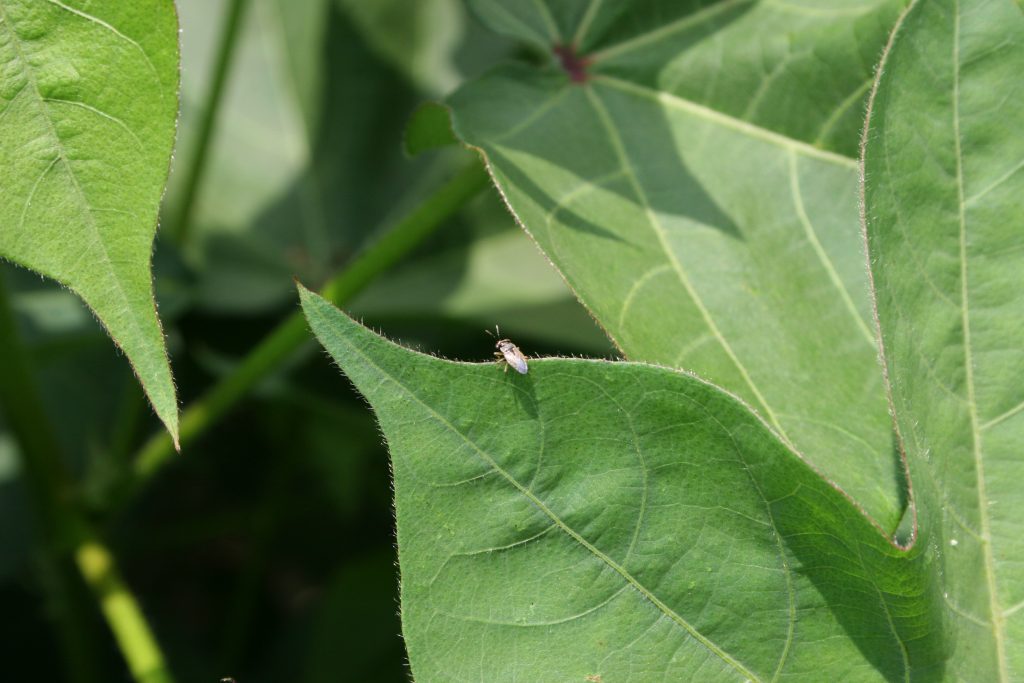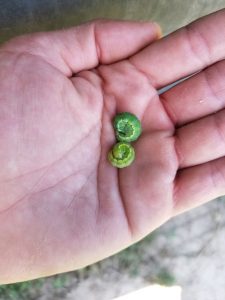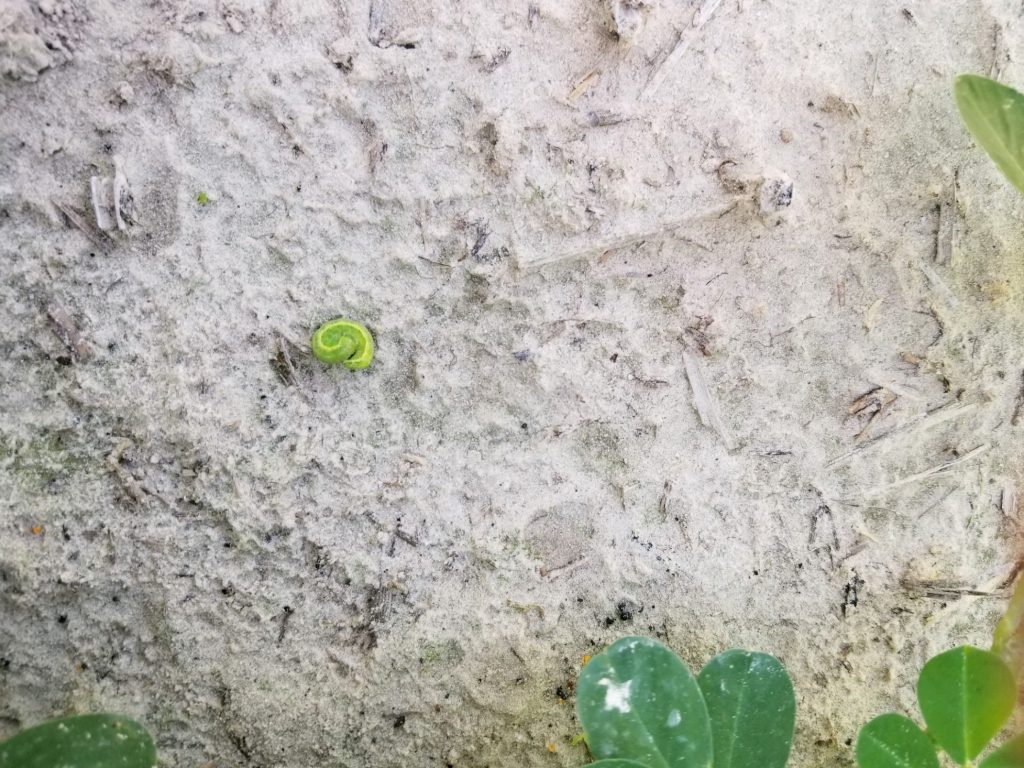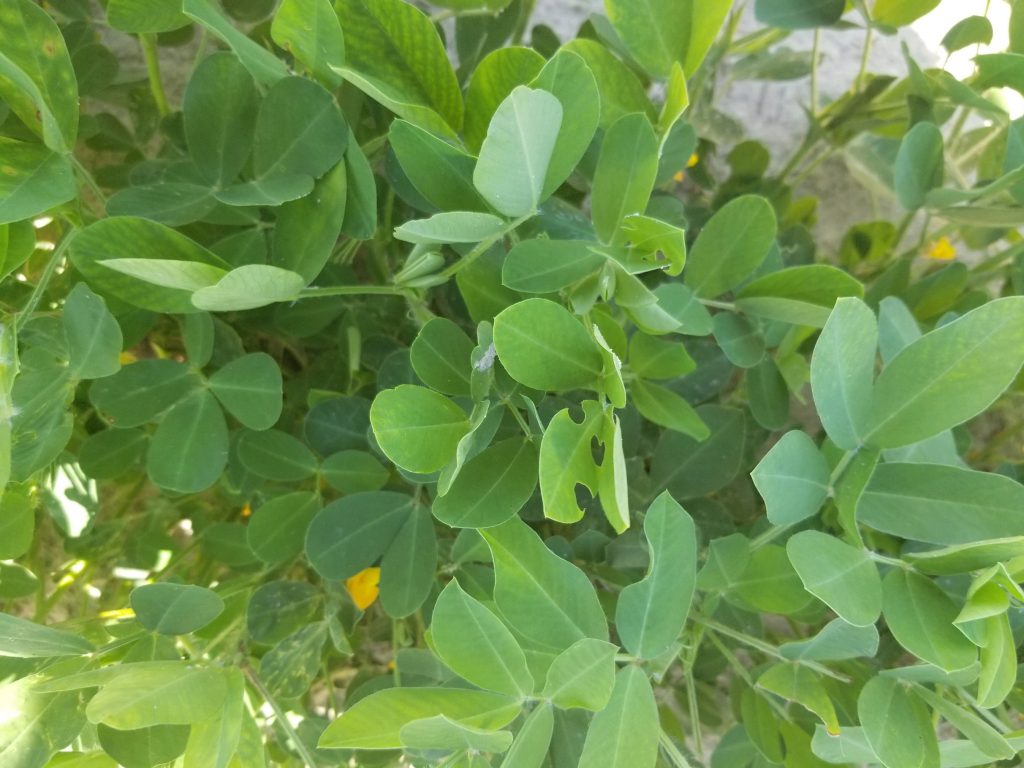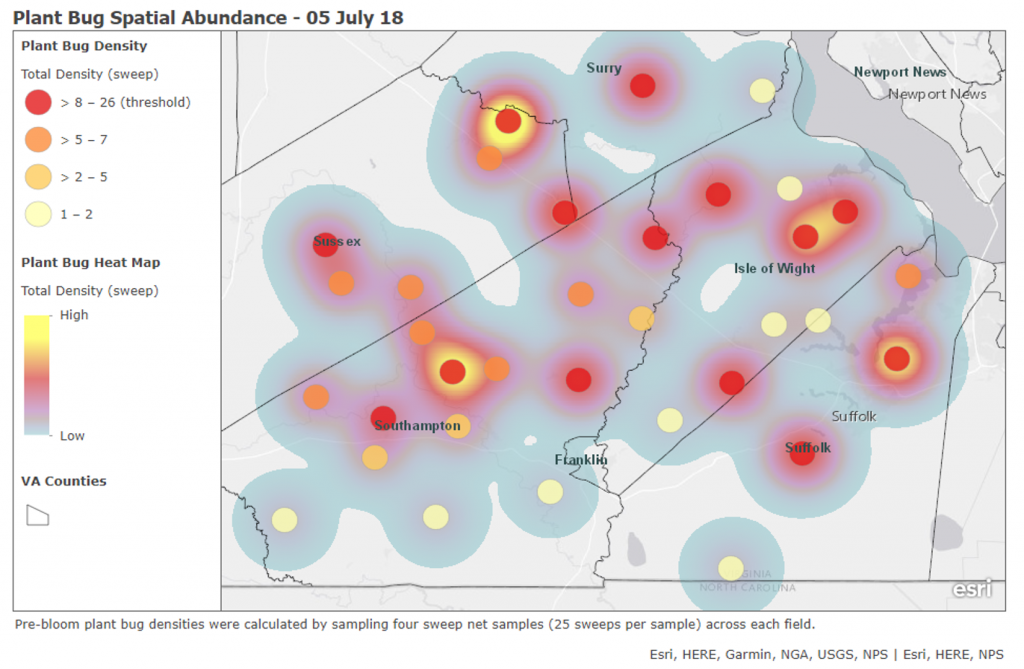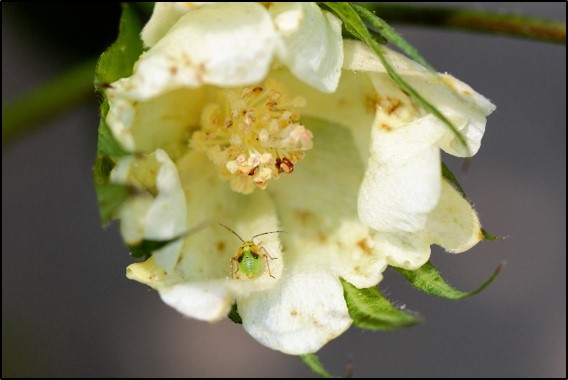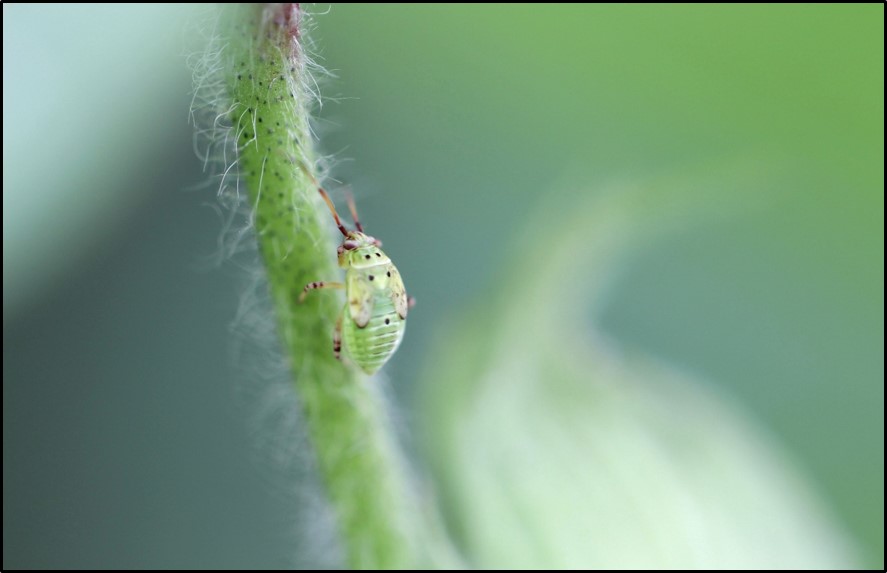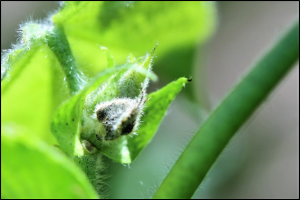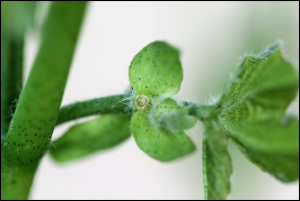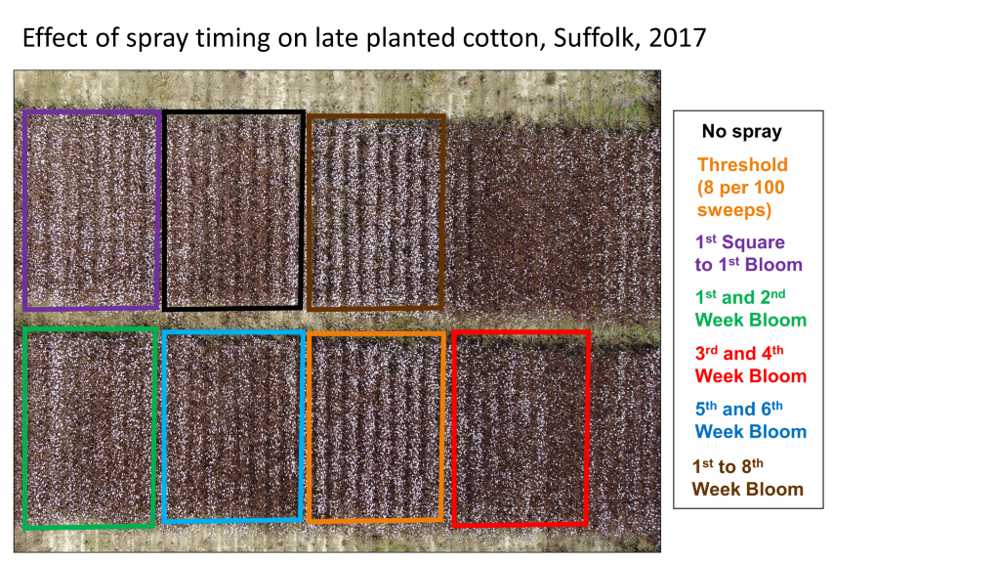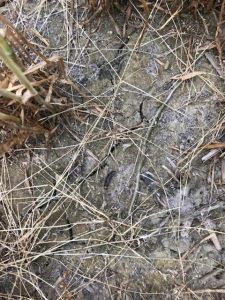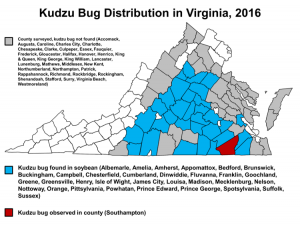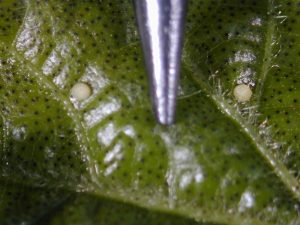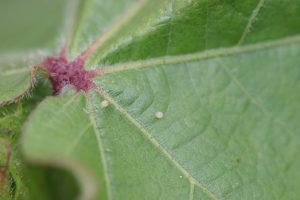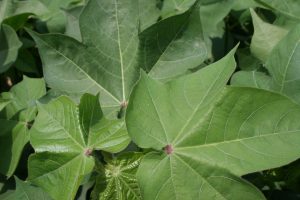Large aphids populations have been observed in alfalfa this year following insecticide applications targeting alfalfa weevil. If you haven’t scouted for alfalfa weevil in Virginia, you should. See the bottom of this post for a weevil summary.
Aphids, typically pea aphids, can be problematic when their natural enemies are disturbed. They can reduce vigor and cause wilting in first cuttings. If early cutting is not an option, several insecticides (mostly pyrethroids) are labeled for their control. Low label rates are generally effective as long as you ensure good coverage. Scout for aphids by pulling 30 random stems per field and counting the number of aphids. This guide from Iowa State can help you make treatment decisions.
Most of the aphids I have seen in Virginia alfalfa are pea aphids (left) and cowpea (right). If you think you have another species, please give me a call or send an email.
Photos Erin Hodgson, Iowa State
My thanks to Lane Grow from Southern State Cooperative for his ongoing efforts to scout and report problems in western Virginia.
Alfalfa weevil information
Scout fields by pulling 30 random stems and inspecting foliage for weevils. Weevil larvae are small, can be white, yellow, or green, and have black heads. They are often tucked tight into new growth. It’s possible to dislodge larger larvae so be careful or collect stems into some container that catches these. I use a plastic freezer bag and insect stems in the shop or truck. This guide from Penn State can help you make spray decisions. Cutting alfalfa is an option if you don’t want to use pesticides. I recommend using clorpyrifos based on spray tests in 2018 and 2019. Some people have been successful with indoxacarb (Steward) or pyrethroids (many brand-name and generic options). Coverage is essential with any product.




